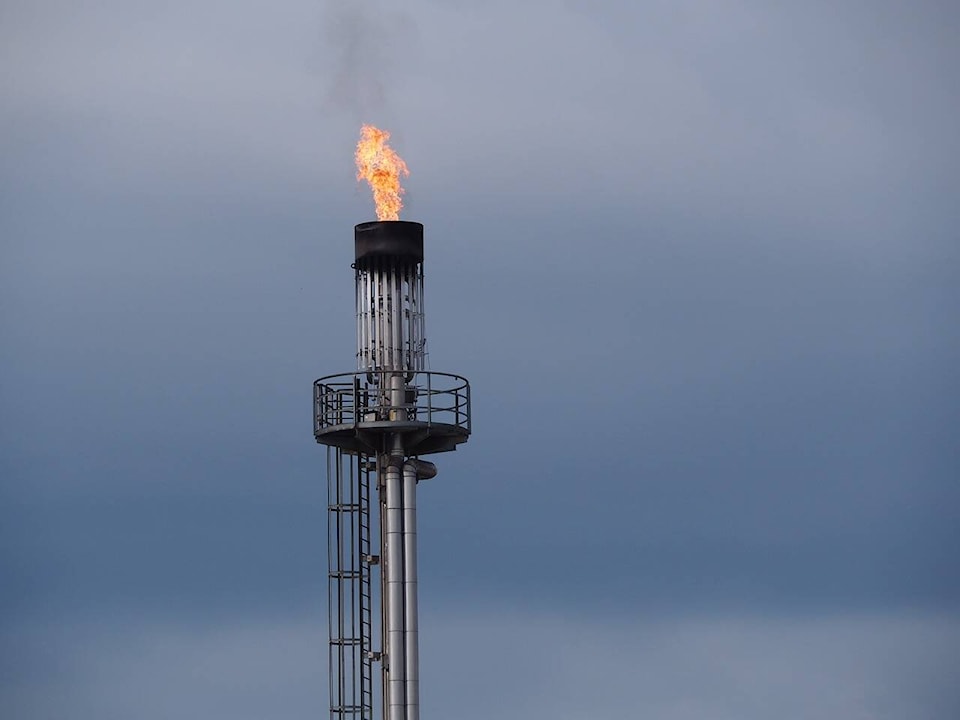A new study published in the scientific journal Environmental Research Letters says the loss of summer sea ice in the Arctic Ocean could be prevented if the world gets serious about methane emissions right away.
Climate change is affecting the Arctic three times faster than other parts of the world, and one area of particular concern to climate scientists is Arctic sea ice. Since record keeping began in 1979, nearly 40 per cent of summer sea ice has vanished. Current projections suggest the Arctic Ocean could have ice-free summers as early as the next decade, becoming more frequent before becoming the “new normal” by 2100.
But if civilization achieves its goal of net zero carbon dioxide emissions by 2050 and begins aggressively targeting methane emissions using available methods, there is an 80 per cent chance there could still be summer sea ice in the Arctic ocean by the next century, explains climate scientist Tianyi Sun.
“We’re considering the Arctic summer sea ice system as a whole thing,” she said. “Thinking of it either being there or not being there and looking at the statistical likelihood of whether we’re able to preserve that or not.”
“But the latest science shows the loss of Arctic summer sea ice is very much following the trajectory of the temperature change, so the more warming we can avoid, the more we can preserve. Every increment of a degree really matters.”
The International community responds
At COP26, the most recent United Nations conference on climate change, over 100 countries pledged to reduce global methane emissions by 30 per cent below 2020 levels by 2030, but Sun’s research suggests that won’t be enough
Methane is responsible for more than 25 per cent of current global warming and captures nearly 80 times more heat than carbon dioxide over a 20-year period. Atmospheric concentration of methane has increased by 17 per cent since 1983. Sun said her statistical analysis shows that if the current plan goes through, there is only a 50 per cent chance there will still be summers with Arctic sea ice by the next century.
Ice-free summers could in turn accelerate climate change, as the dark-coloured water absorbs light and heat, as opposed to the white ice, which reflects it. Sun said past research has found an ice-free Arctic could result in the same amount of warming as 25 years of 2019 CO2 emission rates
It would also wreak havoc on the local ecology, she added. Beluga whales and narwhals use sea ice as cover from predators like killer whales, which have been moving northwards. The ice is also vital hunting ground for polar bears. Exposure to larger waves for longer periods of time is eroding the coastline, and communities like Tuktoyaktuk could be completely underwater by 2050.
Sun added that roughly half of the methane is coming from civilization. Beef production and landfills are both massive sources of global methane as well inefficiencies in the oil and gas industry.
The good news is that all of these sources can be fixed with technology currently available: For example, the oil and gas industry could reduce up to 75 per cent of its methane by sealing leaks in equipment in the production, processing and transportation process, and more than 40 per cent would be at no net cost because of the savings in efficiency and reduced loss of product. Much of the fixes are as simple of changing valves or welding leaks.
For the beef industry, methane-inhibiting additives as well as using a dry system to dispose of manure can be introduced into cattle feed to cut down on the gas that cows produce in their lifetime. And the classic three Rs, reduce, reuse and recycle, all still apply to reducing the waste deposited in landfills.
“These are technically feasible solutions,” said Sun. “We just haven’t done so in some cases. We just really need to start right now; There’s no reason to be waiting any [longer] in terms of methane emissions.”
One question that has yet to be answered is the contribution of melting permafrost to emissions, a recent study suggested the amount of methane released by permafrost thaw will be negligible compared to industrial practices, which produce 400 times the methane that permafrost is expected to.
However, Sun cautioned that scientists do not have a clear picture of how much greenhouse gas is actually trapped in the permafrost, which she said makes quick action all the more imperative.
Now that the study is out, Sun said the next steps would be for the diplomats to bring it to the United Nations for review, a process that could take some time.
“Our goal is to show there are tangible results to reduced methane,” she said. “I really hope this serves as a strong talking point, because it’s really something that benefits us all.”
